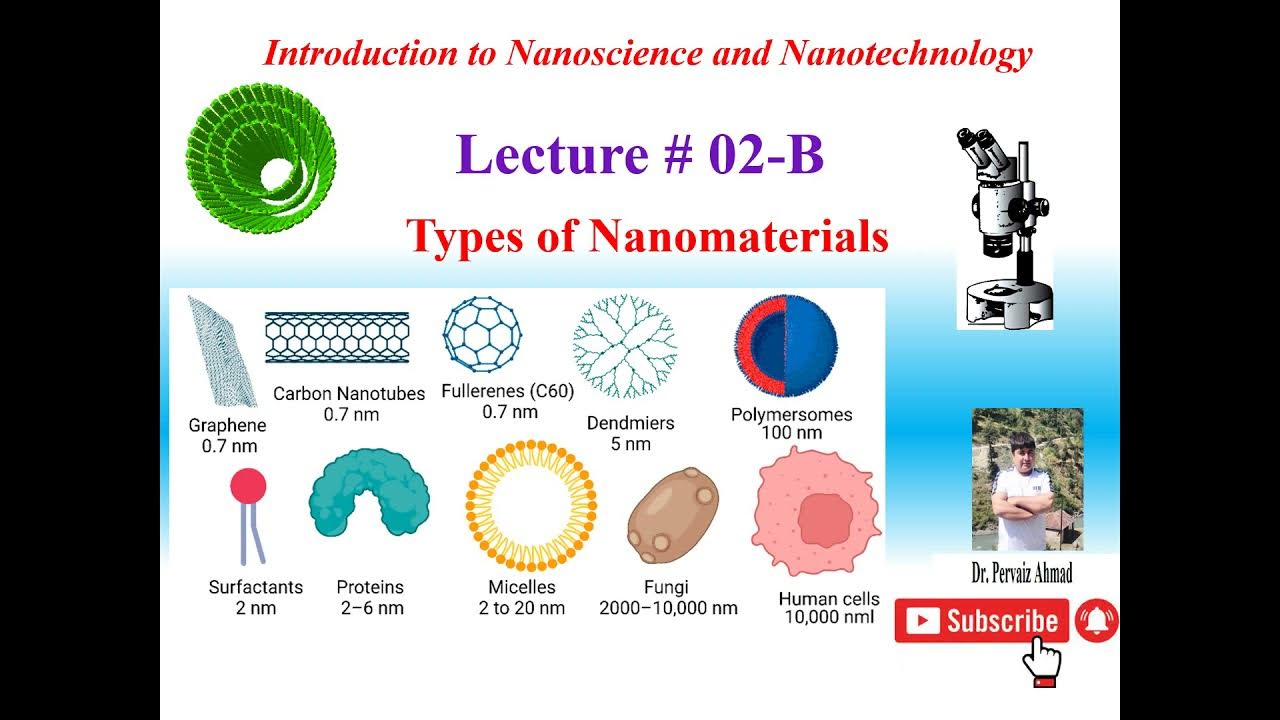Nanotechnology, the manipulation of matter at the atomic and molecular scale, encompasses a wide range of techniques and applications. Here are some of the main types of nanotechnology:
Top-Down Nanotechnology
- Lithography: This technique involves using a beam of light or electrons to etch patterns onto a material, creating structures at the nanoscale.
- Nanomachining: Using mechanical tools to manipulate and shape materials at the nanoscale.
Bottom-Up Nanotechnology
- Self-Assembly: This approach involves designing molecules or atoms that can spontaneously assemble into complex structures.
- Chemical Vapor Deposition (CVD): This technique involves depositing atoms or molecules onto a substrate to create nanostructures.
- Molecular Beam Epitaxy (MBE): This technique involves depositing atoms or molecules one at a time onto a substrate to create highly precise nanostructures.
Applications of Nanotechnology
- Electronics: Creating smaller, faster, and more energy-efficient electronic devices.
- Materials Science: Developing materials with new and improved properties, such as increased strength, conductivity, or durability.
- Medicine: Creating nanomaterials for drug delivery, medical imaging, and tissue engineering.
- Energy: Developing nanomaterials for solar cells, batteries, and fuel cells.
- Environmental Science: Using nanotechnology to address environmental challenges, such as pollution and water purification.
Challenges and Considerations
- Ethical Concerns: The development and use of nanotechnology raise ethical concerns, such as potential environmental and health risks.
- Regulatory Issues: Ensuring the safe and responsible development and use of nanotechnology requires appropriate regulations.
- Technical Challenges: Working at the nanoscale presents significant technical challenges, such as controlling the properties of materials.
As nanotechnology continues to advance, we can expect to see even more innovative and impactful applications in the years to come.
